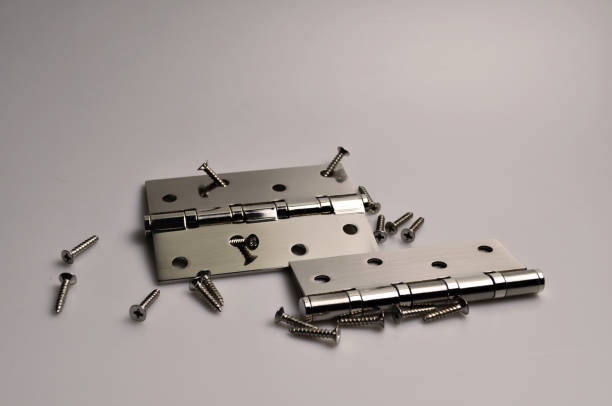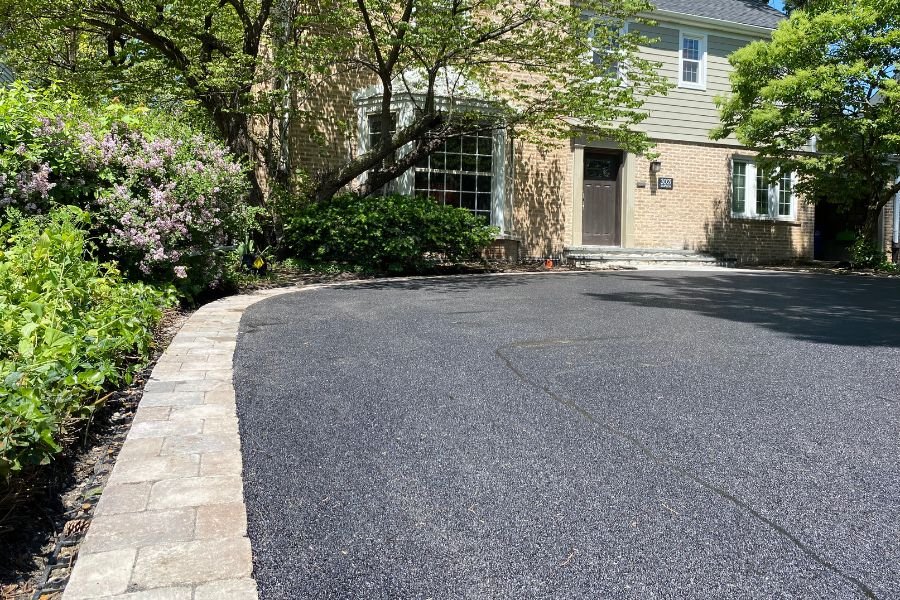Every engineer knows that the little bits can make or break a big project. In heavy-duty cabinets used on the factory floor, that little bit is the hinge. Heavy-duty cabinet hinges take the knocks, hold the weight, and help doors swing wide even when machines are humming nonstop.
With today’s push for smarter factories, tighter safety rules, and layouts that squeeze every square foot, the hinge choice suddenly feels bigger. You can go with off-the-shelf hardware that works in 90 percent of cases, or you can order a batch built to your exact tolerances. Each route saves time and money in different ways and shows up in how long the line runs without a snag.
So, how do you tell which path fits your operation? Let’s break down the perks and trade-offs of custom versus standard hinges so your team can keep moving with confidence.
Understanding Heavy-Duty Cabinet Hinges in Industrial Settings
Heavy-duty cabinet hinges are made for big, heavy, or door slabs that get opened and closed all the time on control panels, equipment sheds, and other industrial gear. Unlike the small, light ones you see at home, these pieces are forged from thicker stainless steel, zinc alloy, or solid carbon steel, then tested to shrug off constant vibration, extreme heat or cold, and even the occasional splash of chemical cleaner.
You’ll typically find them on:
- Access doors in busy production lines
- Power boxes or telecom server cabinets
- Cold-storage racks in food plants
- HVAC housings and filter banks
- Mobile carts and equipment trailers
Because hinges link each door set to the whole system, they must match the brackets, screws, and panel weight exactly. A simple mix-up in size or rating can cause safety hazards, jammed doors, or repair bills that eat into production time.
The Case for Standard Heavy-Duty Hinges
Standard heavy-duty hinges roll off the factory line in fixed sizes, setups, and finishes. Since they follow widely accepted ISO or ANSI checks, engineers know they will fit most machines right out of the box.
Advantages of Standard Hinges:
- Cost-Effective Mass production drives the price per unit lower, so standard hinges usually cost less than a one-off custom build.
- Faster Lead Time: Because they sit on the shelf, you can order them today and start using them tomorrow. That speed helps factories meet urgent deadlines.
- Proven Designs: Each standard hinge has been tested in real-world settings for years, so you know it will hold up under normal strain.
- Ease of Replacement: If a hinge fails, grabbing the identical part from stock means machines are back online in minutes, not days.
Heavy-duty cabinet hinges and machine hardware shine in projects where weight loads are predictable, appearance is secondary, and quick access is needed. You’ll find them in electrical cabinets, industrial ovens, server racks, and packaging lines.
The catch is that these parts offer little room to adapt. Engineers might have to bend the enclosure design to match the hinge instead of the other way around. For many OEMs, that rigid footprint limits brand signature features or high-performance tweaks.
When Custom Hinges Become the Better Option
Custom hinges are made to your exact specs, taking into account any special forces, mounting angles, or even ergonomic touches. Yes, the price is higher and ordering them takes longer, but in demanding setups the payoff often justifies the expense.
Why Choose Custom Hinges?
- Perfect Fit: With dimensions, pin placements, and surface finishes matched to the application, the hinge works quietly in the background while your enclosure looks and behaves exactly as intended.
- Functional Enhancements: Spring assist, soft-close, multi-axis movement, or onboard sensors can be built straight into the hinge.
- Material Flexibility: Clients select the exact alloy or surface finish needed for chemical resistance, cleaner hygiene, or light-weighting.
- Environmental Compliance: Marine, medical, or food-grade projects get hinges that meet strict IP ratings, sanitation rules, and other key codes.
- Brand Differentiation: One-of-a-kind shapes let OEMs stand out on the shelf and protect valuable market share.
Custom heavy duty cabinet hinges shine when gear is mounted in salty, shaky, or safety-critical spaces. On an offshore rig, for instance, engineers might need a hinge that laughs at seawater and high-pressure nozzles; in a clean room, they may ask for antimicrobial stainless steel with hidden screws.
- Usage Frequency: For equipment that opens and shuts nonstop, choose hinges rated for many thousands of cycles.
- Space Constraints: Crowded or oddly shaped cabinets may need mounts that fit the exact outline, or even folding joints.
- Maintenance Access: A great hinge lets a tech pop it off fast or swing the door wide for a quick look inside.
- Compatibility with Machine Hardware: Verify that latches, screws, and the enclosure play nice with the new hinge before ordering.
Hinge selection is almost never all-or-nothing. Often a stock part with minor tweaks does the job better than an expensive, one-off tool.
Future Trends in Heavy-Duty Cabinet Hinge Design
As factories, labs, and kiosks get smarter, heavy-duty hinges are getting smarter, too. Engineers and buyers are already seeing several new directions:
- Smart Hinges with Sensors: Sensors track motion, alignment, and stress, sending real-time alerts for planned maintenance.
- Modular Hardware Systems: Hinges now fit broader machine platforms, sharing mounts and screws with other components.
- Advanced Surface Treatments: Upgraded powder, nano, and electropolished finishes resist rust longer and look sharper on the floor.
- Quick Snap-and-Go Install: Everyone hates fumbling with screws on-site. New hinges now snap, slide, or latch in place, letting techs mount or remove doors in seconds, no tools needed.
- Green Materials Matter: ESG goals are here to stay. Many brands now insist on recyclable plastics, aluminum, and production that gives off fewer fumes.
These shifts show that heavy-duty cabinet hinges and machine hardware have moved from an afterthought to a key piece of every project.
Conclusion
Picking a hinge goes beyond the simple mechanics of opening and closing-glossy catalogs leave out how hinges affect uptime, safety, compliance, and even brand credibility.
For straightforward builds, a standard heavy-duty hinge keeps things moving fast. When conditions are unusual, a custom solution can add years to product life and avoid costly downtime.
Either way, the hinge must mesh with the entire machine hardware palette. By matching load weight, access flow, dirt exposure, and space limits, teams can choose options that pay back every dollar spent.
So, whether your project is a telecom cabinet, a food-processing line, or a salt-water enclosure, the perfect hinge is waiting-and it may be the single detail that gives your equipment the edge.





